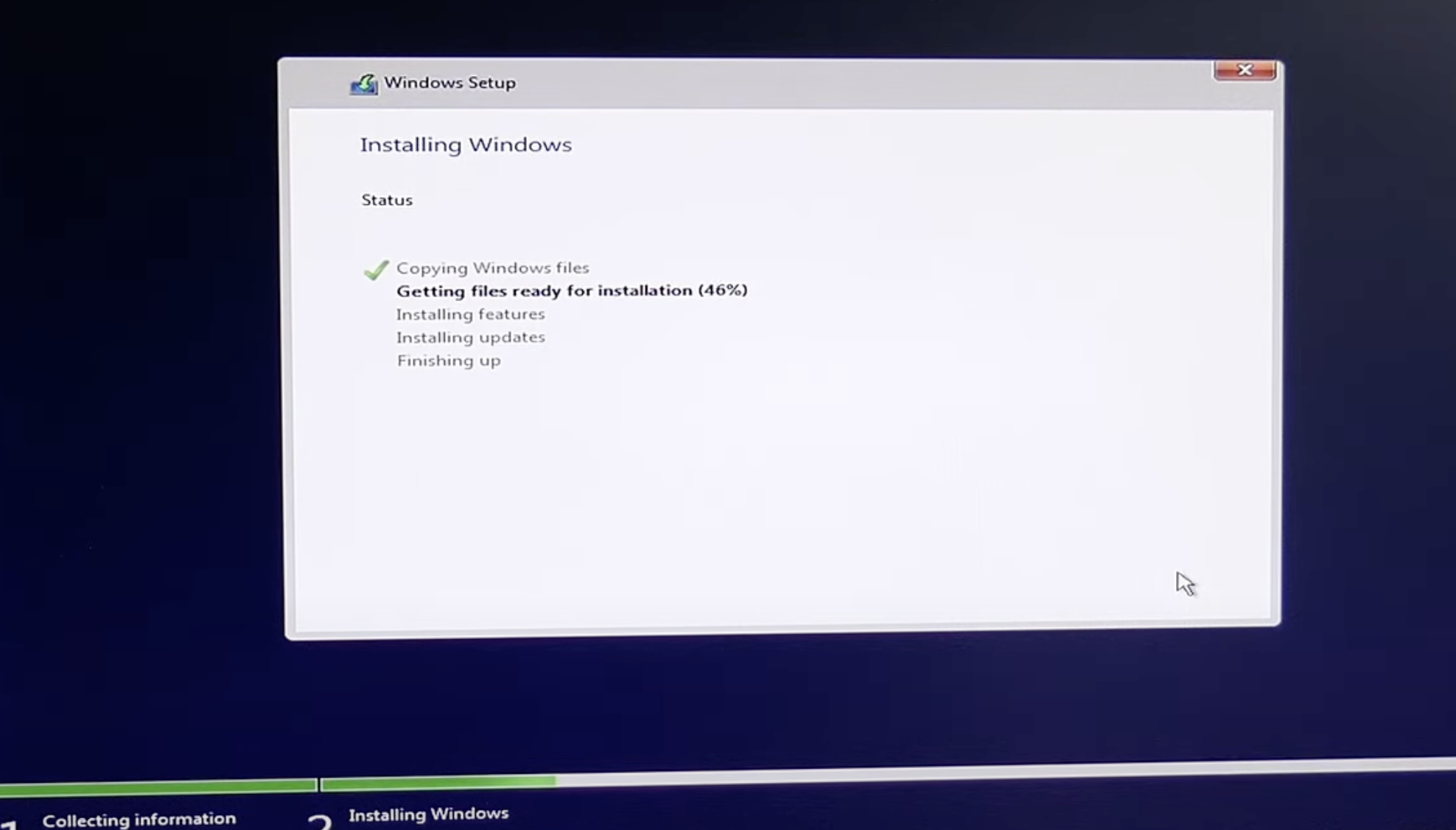

Although these devices may still receive updates, the manufacturer is not required to offer security and driver upgrades, as well as technical assistance.

You must, however, certify that the update will be in an "unsupported status." An "unsupported state" is defined by Microsoft as a device that does not match the minimum system requirements and, as a result, is not eligible for Windows Update upgrades. In other words, if you opt to install Windows 11 on unsuitable hardware, you may proceed with the setup manually. However, anybody can update at their own risk, understanding that system stability and driver compatibility are not guaranteed.

Therefore, Microsoft allows users to use a bootable USB flash drive or ISO file to manually perform a clean install or in-place upgrade. However, the truth is that numerous users may need Windows 11 for daily work or study but not all of them whose PC can satisfy the strict system requirements of Windows 11. Can I install Windows 11 on unsupported hardware? This is why Microsoft does not advise installing Windows 11 on incompatible hardware. No one will accept liability for any harm to your device or data. Microsoft has changed the criteria for installing Windows operating systems, such as making Secure Boot and TPM 2.0 necessary. We are all aware that Windows 11 is not compatible with all PC hardware combinations.


 0 kommentar(er)
0 kommentar(er)
